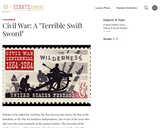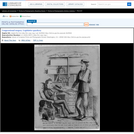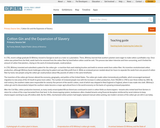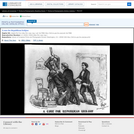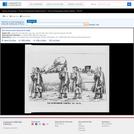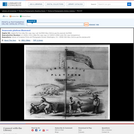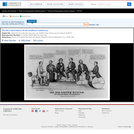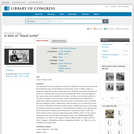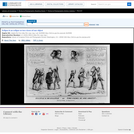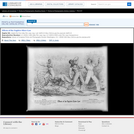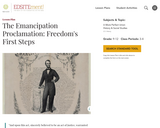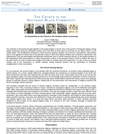
The collection of documents brought together in this project begins to tell the story of the growth of Protestant religion among African Americans during the nineteenth century, and of the birth of what came to be known as the "Black Church" in the United States. This development continues to have enormous political, spiritual, and economic consequences. But perhaps what is most apparent in these texts is the diversity of ways in which that religious tradition was envisioned, experienced, and implemented. From the white Baptist and Methodist missionaries sent to convert enslaved Africans, to the earliest pioneers of the independent black denominations, to black missionaries in Africa, to the eloquent rhetoric of W.E.B. DuBois, the story of the black church is a tale of variety and struggle in the midst of constant racism and oppression. It is also a story of constant change, and of the coincidence of cultural cohesion among enslaved Africans and the introduction of Protestant evangelicalism to their communities.
- Subject:
- History
- U.S. History
- Material Type:
- Reading
- Provider:
- Library of Congress
- Provider Set:
- American Memory
- Date Added:
- 07/11/2003
